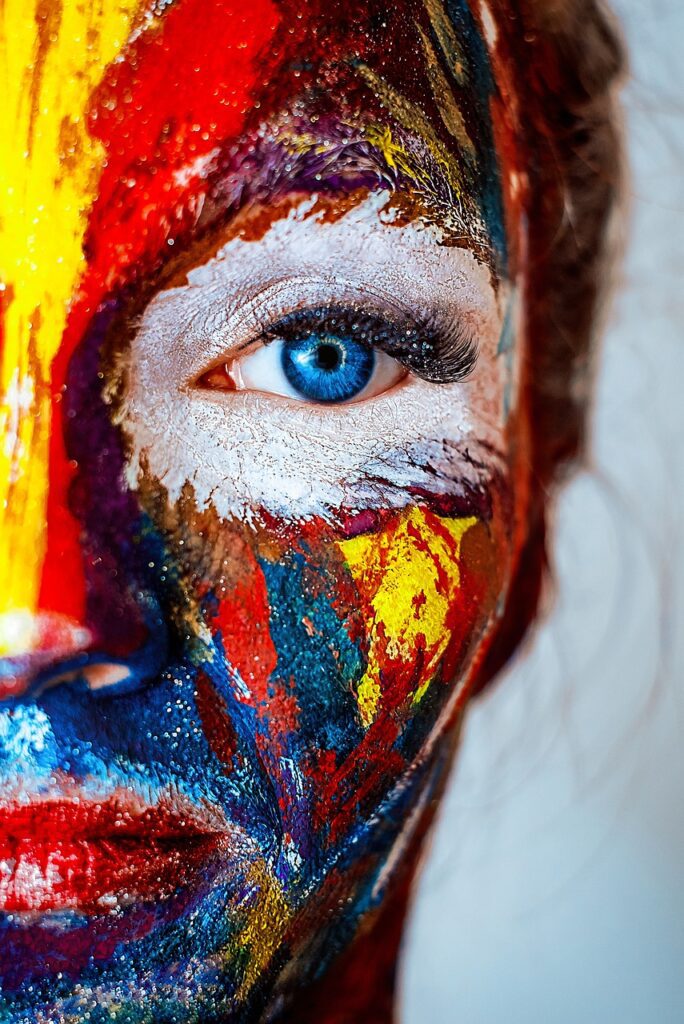Why Writers Need to Learn Basic Visual Design
Maybe you’ve noticed them. These *little* social media platforms called Instagram and Pinterest. Both depend on visual design to get people to click and dive deeper into posts. Even platforms that aren’t based around visual design still calculate it in their algorithms, checking to see whether posts include images and videos.
To be fair, the future of any social media platform is uncertain. But there’s no getting around the neuroscience — people are hardwired to respond to elements they see, with about half of the human brain directly or indirectly involved in visual processing. Our biology means that people naturally pay attention to and learn from images.

The benefits of great images for writers

Related to writing, there’s more noise online than ever. If you don’t have a good image or video to go with your content, it’s going to seem less interesting to your potential readers. Put another way, visual design facilitates click-through. This is especially true given that people are in a bit of a double-bind with stand-alone links. Original, long URLs often are truncated by URL shorteners, both because it’s more visually appealing and because it can help you meet character count specifications from the platforms you’re posting on. But shorteners can obscure the original source, which can make some readers hesitate to click the link. An relevant image that’s consistent with your author brand style helps to overcome this hesitation.
Of course, images can do more than just get readers into the content. Visual elements can aid memory, meaning that it will be easier for readers to recall your content. They can help the brain chunk sections of information and support logical navigation of your writing, even adding emphasis to your key points.
Getting started with visual design
I don’t expect you, as a busy writer, to become a visual design guru. You can even hire someone to find, take, or create images for you. But understanding basic elements of visual design will help you understand how to make the biggest impact as you share your work. You need to be able to have conversations with anyone you hire to explain what you want and why. If you have a decent foundation, you might be able to save money by producing your images independently.
Looking for a place to start? Tools like Canva offer free tier levels where you can play around. To get the most out of them, explore concepts like
- color
- line
- shape
- contrast
- flow
- scale
- hierarchy
- balance
- repetition
- emphasis
If you look at my images, I don’t pretend to have mastered these elements yet. But I’m at least practicing and improving, because I understand how valuable visual design can be to good content. A little at a time, you can learn, improve, and see readership benefits, too.
Image credit:
Pexels from Pixabay
Alexandr Ivanov from Pixabay